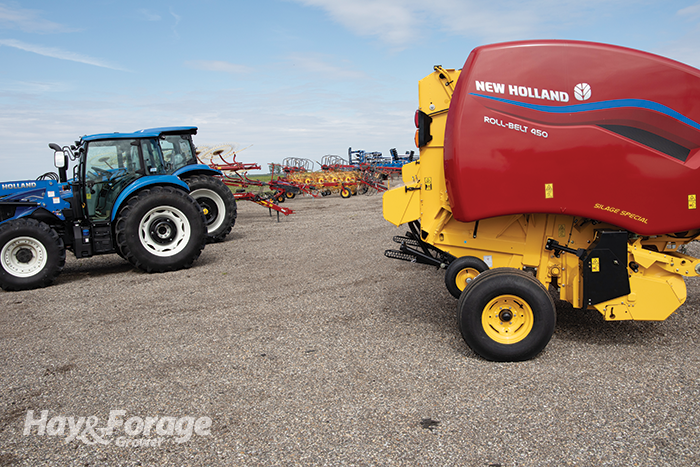
I hope that everyone has received at least a few timely rains this summer. As I have perused social media sites, there are stories of farmers who have experienced some traumatic mid-season machinery breakdowns. With the rise in equipment cost over the past few years, it can make finding replacement iron in a hurry difficult, and even if you can, the impact on your cash flow might be overwhelming.
Contrary to what some people may think, new equipment prices are not going to come down. At least the “manufacturer’s suggested retail price” is not going to move negatively in the buyer’s favor. Reducing the list price of the new equipment being sold would drastically affect the entire used market in a negative way. What little equity some people thought they had in late-model equipment would vanish overnight simply due to what a new unit might cost at a reduced price. After all, used values are always set based on what a new piece of that same equipment costs.
The clock is ticking
Just as you have always heard with cars and trucks, “Your vehicle loses value the moment you drive it off the lot.” This old saying holds true in the equipment market, too. When the factory warranty has started on a unit, it is using up some of its “value” as well. This clock is ticking even if it’s sitting in your shed. Why would a customer purchase a tractor from you that’s 6 months old with 20 hours on it when they can purchase the same tractor from a dealership with a full warranty and lower financing rate?
I say this because we have had several people come to my dealership in the past year looking to sell a piece of equipment that they had purchased in the past several years. I then ask what they are trying to get out of it, and most say they just want to pay off what is owed at the bank. That’s an admirable goal, but if no extra money was put down on the loan, and with a 60-month note, you are only covering roughly 20% on the principal with each payment. The reason it’s hard to get “the payoff” is because those initial payments barely cover normal depreciation on a unit. So, when you do any research on the values of equipment, you will find that 20% per year does not cover the resale value for the first several years. You must be out to years four and five before you will have any equity at all, and even then, it’s not much.
This is also the reason lease payments have gone up. They are having to cover at least 20% of the machine’s value each year. Why? Because with current new high-tech equipment, the factory warranty is worth more today than it was 20 years ago. Customers want to be covered under warranty on these new units, or at least covered from the big, catastrophic shop bill. With the going shop rate around $3 per minute in many shops around the country, the work order adds up quickly. All these things affect the depreciation of new equipment.
Seek new, older equipment
So, where can you get an edge as someone purchasing equipment?
The best approach is to be patient and ask your local salesperson to hunt for aged new inventory. Most manufacturers have caught up in production since the pandemic. Most dealership lots are “fuller” than they would like to be due to lower commodity prices. These manufacturers know the only way that the dealer is going to order another unit is to sell the one they have in stock. How they can help is by throwing extra discounts and incentives at those units that are currently on a lot. It may not have every option that you ideally want, but some of these discounts can be 10% to 15% above the current programs, and you can combine this extra discount with lower interest rates when financing.
This scenario is a “win-win-win” for you, the dealer, and the manufacturer. You get a better price on new iron with low-rate financing, the dealership stops paying interest on the older unit and possibly earns a new customer, and the
manufacturer gets new orders from the dealership to keep things moving at the factory. Everybody comes out on top, which doesn’t happen often. Such deals are common; you just have to have a salesperson willing to go find them.
This article appeared in the August/September 2025 issue of Hay & Forage Grower on page 29.
Not a subscriber? Click to get the print magazine.

